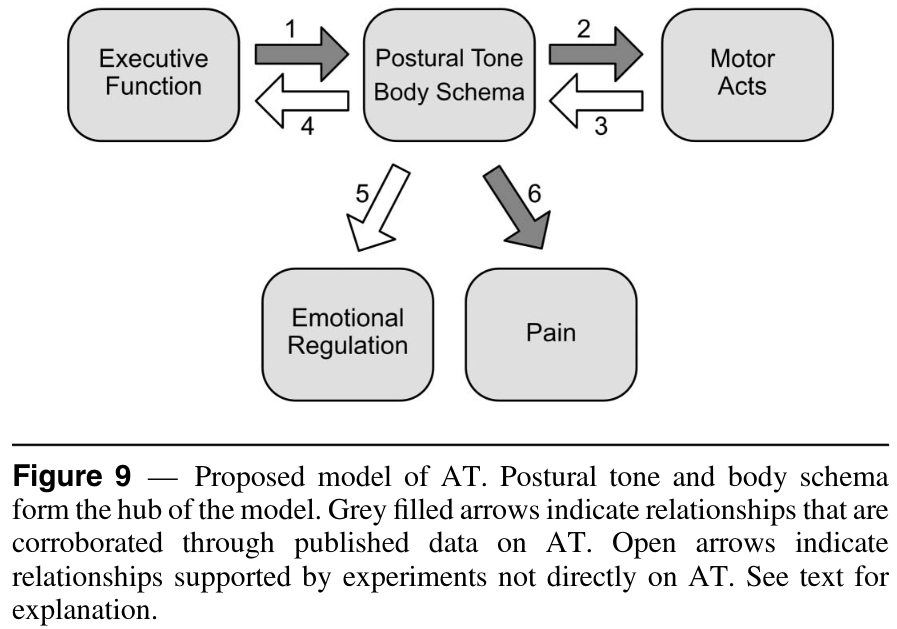A hugely important scholarly article on the Alexander Technique (AT) is to be published this autumn in the prestigious journal Kinesiology Review, and I’ve had a sneak preview.
It is undoubtedly the most important paper on the Alexander Technique since the randomised control trial study into Alexander Technique and back pain published in 2008.
This study is, however, altogether different since it collates the most comprehensive research yet into ‘how AT works’. It’s title is Potential Mechanisms of the Alexander Technique: Toward a Comprehensive Neurophysiological Model . Below is the abstract of the paper, and I will be looking into its implications over the coming months.
The Alexander technique (AT) has been practiced for over 125 years. Despite evidence of its clinical utility, a clear explanation of how AT works is lacking, as the foundational science needed to test the underlying ideas has only recently become available. The authors propose that the core changes brought about by Alexander training are improvements in the adaptivity and distribution of postural tone, along with changes in body schema, and that these changes underlie many of the reported benefits. They suggest that AT alters tone and body schema via spatial attention and executive processes, which in turn affect low-level motor elements.To engage these pathways, AT strategically engages attention, intention, and inhibition, along with haptic communication. The uniqueness of the approach comes from the way these elements are woven together. Evidence for the contribution of these elements is discussed, drawing on direct studies of AT and other relevant modern scientific literature.

